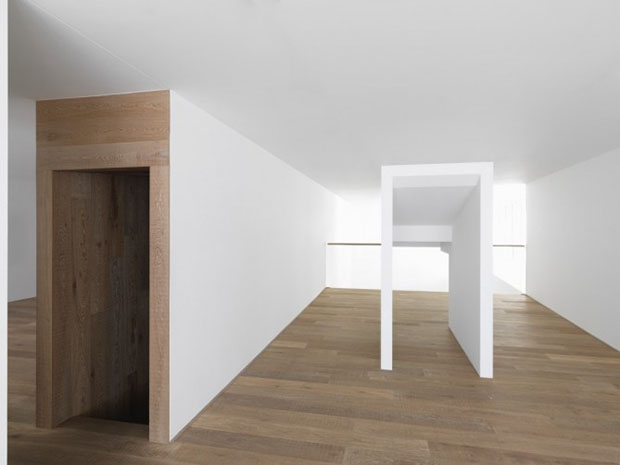
Jacob Kassay’s comeback — as an architect
The hot young artist fell from favour last year. Yet he seems to have reinvented himself with this new Belgian show
Jacob Kassay has experienced the kind of career problems most young artists can only dream of. In a short New Yorker profile in 2011 Kassay, then 27 years old, was described as “the art world’s newest star,” having found fame with his beautiful, silver-coated paintings, which Kassay created with the help of a Pennsylvanian chemical firm that specialized in electroplating, coating each canvas with a layer of metal just “atoms thick.”
Through this simple process Kassay created uncannily engaging works that demand repeated viewing, as if the artist, as we put it in our book Vitamin P2, “is teaching us to look more closely, not just at his paintings but also at the historical lineage to which they belong.”
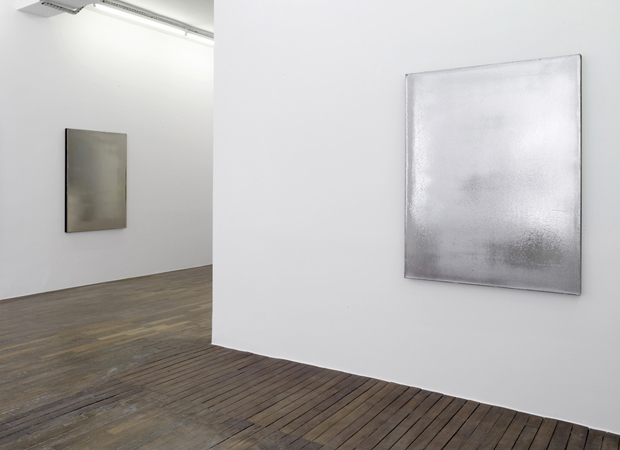
Alas, many in the art market took a short-term view. The abstract works became a hot item among contemporary art collectors; perhaps too hot, after they found favour among art market flippers.
The reviewers turned, with one describing Kassay’s 2013 show as “too busy, arch, unassimilated and cerebral.” The market appeared to go against him also, with Art Rank positioning Kassay’s work at number two in their ‘liquidate' column for two of its quarterly reports for 2014.
In April 2014 Artspace’s columnist Walter Robinson cited Kassay as a exemplar of “zombie formalism”, a derogatory term to describe a number of abstract painters that use “a straightforward, reductive, essentialist method of making a painting” to create old-style pictures, alive with “the discarded aesthetics of Clement Greenberg, the man who championed Jackson Pollock, Morris Louis, and Frank Stella’s ‘black paintings,’ among other things.”
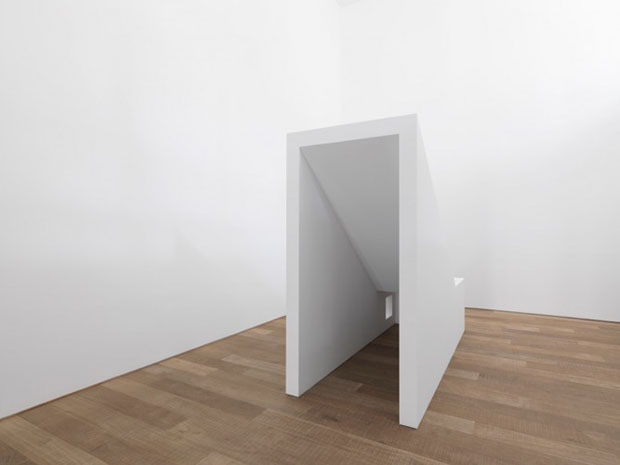
How has Kassay bounced back from this? Partly by turning to architecture. The artist’s new show, currently on display at the Xavier Hufkens gallery in Brussels features two architectural sculptures, modelled on domestic stairwells. Kassay has removed the steps themselves, and presented the two creations as “gutted corridors”, that may bring to mind Bruce Nauman’s corridor artworks as well as Carl Andre's excursions into the built environment.
The show also features a framed drawing of air-conditioning and plumbing pipes usually hidden behind a suspended ceiling, as well as a series of abstract paintings, applied directly onto the gallery’s walls; these dotty works, made up of “an amalgam of extremely fine, multi-coloured particles of atomized paint”, interfere with the way viewers normally regard a painting on gallery wall, “requiring the viewer to move towards and retreat from their surfaces in order to gauge the perceptual shifts that occur in relation to proximity” the gallery says.
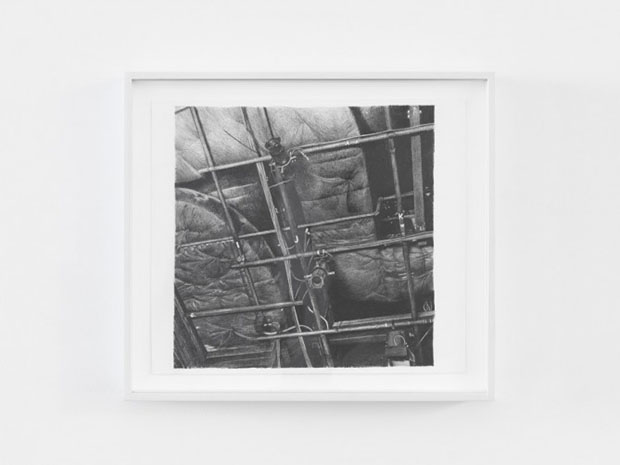
The show’s title is equally minimal and tricksy; it is called HIJK, a simple, four-letter, alphabetical letter sequence that includes the artist’s initials. He’s used this before, in 2013 for a New York show at the 303 Gallery entitled IJK. Yet the effect remains; it points to how Kassay has cut and presented fundamental, everyday chunks of our world, giving them back to us in a way that makes us pause, think and look again.
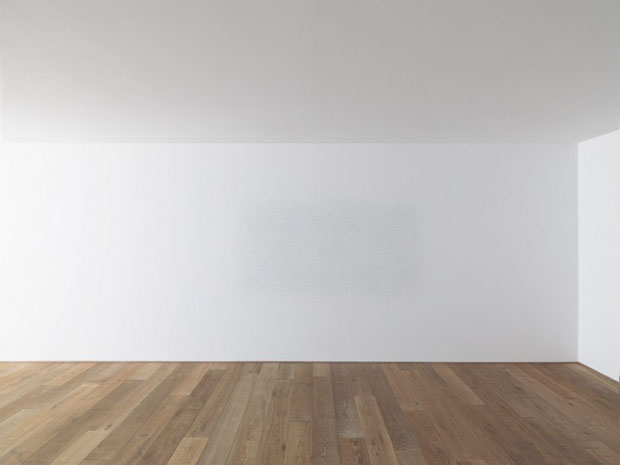
It might hark back to the principles of the early minimalists, but there’s nothing zombie-ish about this this show. Should we view it as Kassay’s rebirth?
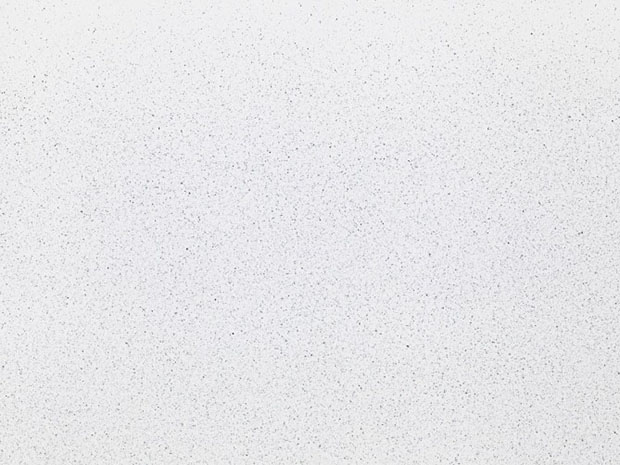
Find out more here; for greater understanding of his earlier work get a copy of Vitamin P2, and for more on today’s contemporary artists buy a copy of The Twenty-first Century Art Book.